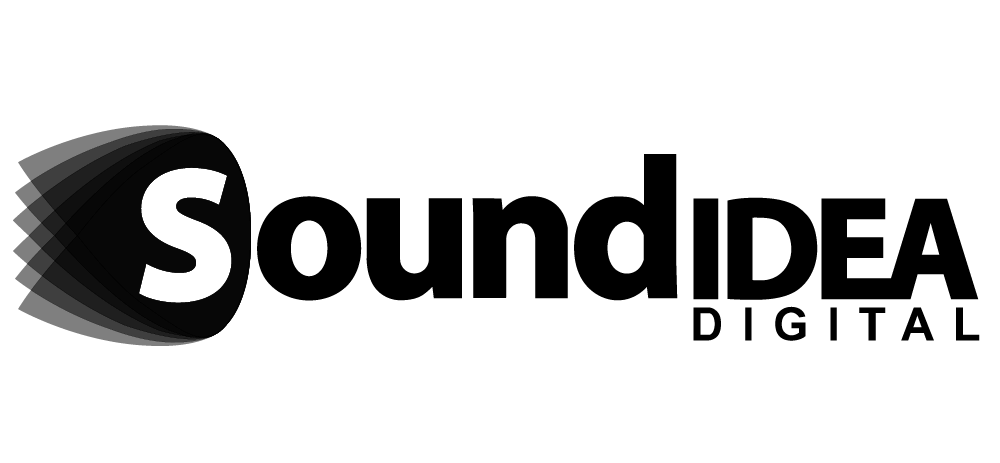
Whiteboard Animators vs Explainer Videos
Businesses, educators, and marketers are constantly seeking better ways to communicate complex ideas simply. Two popular solutions are whiteboard animation and explainer videos. Both are used to simplify, inform, and engage—but their approaches differ substantially. Understanding these differences can help you select the right medium to achieve your communication goals while maximising your budget and audience impact.
Whiteboard animators and explainer video producers bring stories to life in visually distinct ways. Whether training employees, explaining concepts to learners, or showcasing services to clients, choosing the correct format can strengthen clarity, brand authority, and viewer retention.
What Is Whiteboard Animation?
Whiteboard animation is a style where hand-drawn visuals are created on a white background, simulating a person drawing in real time. Whiteboard animators specialise in this approach, using linear illustrations accompanied by voiceovers to simplify information in a clear, step-by-step manner. This technique mirrors how concepts are taught in classrooms, making it ideal for training and education.
The simplicity of whiteboard animation ensures that visuals never overpower the message. Instead, viewers follow each drawing as it unfolds, staying engaged throughout. Whiteboard animators use minimalistic imagery, keeping the focus on key ideas and enhancing memory retention through visual association.
What Are Explainer Videos?
Explainer videos encompass a broad range of animated or live-action videos designed to clarify a product, service, or concept. Unlike whiteboard animations, explainer videos use various styles, from 2D and 3D animations to kinetic typography and filmed footage. They are particularly effective in brand storytelling, marketing, and product demonstrations.
These videos often incorporate colourful scenes, characters, transitions, and effects to create an immersive experience. Explainer videos are structured to entertain while informing, ensuring that brand messages are delivered with polish and creativity. Whiteboard animators can integrate into explainer video production to create hybrid solutions, blending simple illustrations with dynamic visuals for greater narrative impact.
Visual Style Differences
Whiteboard animations maintain a minimalist aesthetic, typically featuring black marker-like drawings on a white background. Occasionally, small pops of colour are added for emphasis, but the overall feel remains clean and uncluttered. This simplicity helps viewers focus entirely on the message, an approach favoured by experienced whiteboard animators.
Explainer videos, on the other hand, showcase a rich variety of colours, motion graphics, and layered visuals to create visually engaging scenes. They use stylistic branding, moving backgrounds, and multi-dimensional effects to align with corporate identities or marketing campaigns. While both formats aim to educate, explainer videos prioritise visual diversity and energy, whereas whiteboard animations prioritise clarity and cognitive focus.
Production Techniques
Creating whiteboard animation involves a linear workflow. Whiteboard animators typically begin with scripting, storyboarding each scene, recording voiceovers, and then illustrating each visual to match. Some use time-lapse filming of actual drawings, while others use specialised software to simulate the hand-drawing effect seamlessly for efficiency and consistency.
Explainer videos require broader production capabilities, from designing character rigs and animating multiple scenes to integrating voiceovers and sound design. The process involves motion graphic tools, scene compositions, and complex editing to achieve fluidity and polish. Compared to whiteboard animation, explainer videos often demand larger teams and longer timelines to integrate branding, music, and layered visual elements cohesively.
Psychological Impact
The psychological effect of whiteboard animation lies in its sequential drawing process, which triggers curiosity and keeps viewers engaged. As each illustration unfolds, audiences subconsciously predict the outcome, increasing attention and cognitive retention. Whiteboard animators leverage this “draw as you watch” effect to simplify complex topics effectively.
Explainer videos also have a strong psychological impact but achieve it through emotional resonance and immersive visuals. They use fast-paced scenes and storytelling arcs to build excitement and reinforce brand perception. Both formats enhance learning and persuasion, but whiteboard animation excels in process explanations and educational content, while explainer videos perform best in marketing and promotional contexts.
Cost Differences
Whiteboard animations are generally more cost-effective because of their simpler production needs. Whiteboard animators require fewer resources—there are no filming crews, actors, or extensive post-production effects. This makes them a practical solution for training materials, educational institutions, and non-profits seeking impactful yet budget-friendly communication.
Explainer videos, however, involve more comprehensive production processes. Costs vary depending on whether the video is 2D animated, 3D modelled, or includes live-action footage. The additional design, animation, and editing work increases budget requirements significantly, making them more suitable for brand promotions and high-stakes campaigns where visual sophistication is critical.
Use Case Differences
Whiteboard animation is most effective for educational content, training modules, conceptual explanations, and process walkthroughs. Whiteboard animators simplify ideas, ensuring clarity for learners, employees, or stakeholders. This makes them ideal for policy presentations, onboarding, and compliance training.
Explainer videos shine in brand storytelling, product demonstrations, advertisements, and marketing campaigns. Their visually engaging style captures attention quickly and maintains viewer interest, making them powerful tools for converting leads, enhancing brand recall, and communicating value propositions to diverse audiences.
Viewer Perception
Audiences perceive whiteboard animations as authentic, educational, and straightforward. This perception enhances trust and learning effectiveness. Whiteboard animators are viewed as facilitators of knowledge, making them ideal partners for organisations aiming to teach or explain without heavy branding interference.
Explainer videos, in contrast, are perceived as polished, professional, and brand-oriented. They signal credibility and production investment, reinforcing a company’s market position. While both formats engage viewers effectively, the perception difference should guide your choice based on goals: clarity and simplicity vs. brand impact and persuasion.
Storytelling Approach
Whiteboard animations use linear storytelling, revealing one idea after another to guide the viewer logically through a topic. Whiteboard animators focus on narrative flow driven by sequential illustration, maintaining viewer attention throughout the learning process.
Explainer videos employ multi-layered storytelling with scene changes, transitions, camera movements, and dynamic scripts. Their approach often follows a three-act structure: introducing a problem, building tension, and delivering a solution. This style enhances emotional connection and memorability for brands and products.
Why Choose Sound Idea Digital?
At Sound Idea Digital, we specialise in both whiteboard animation and explainer videos. Our team of experienced whiteboard animators ensures that your messages are clear, engaging, and tailored to your audience. Whether you need educational content or brand storytelling, we combine creativity with strategic expertise to deliver impactful videos that drive results.
Contact us today to discover how our team can transform your communication and training content with our expert whiteboard animators and explainer video production solutions.



